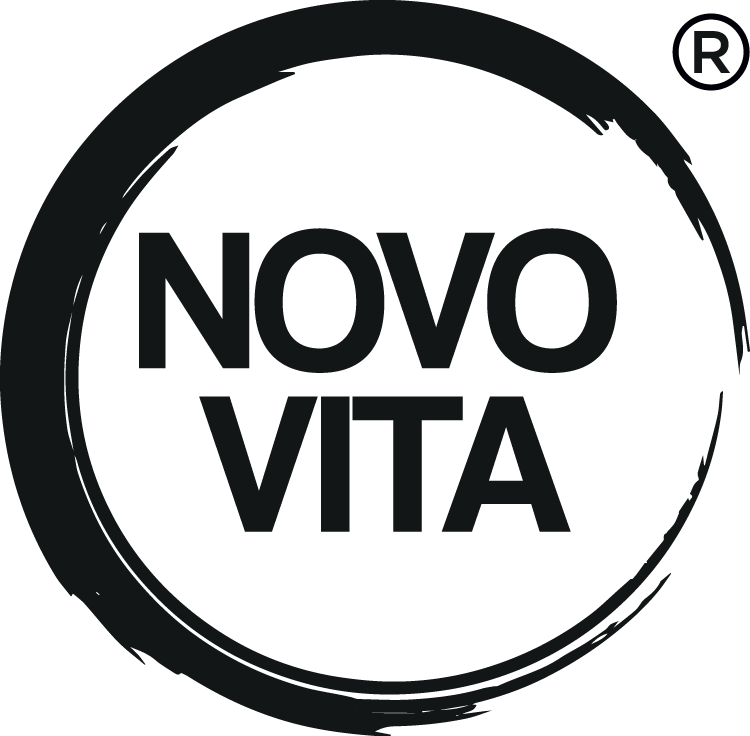Evening primrose (Oenothera biennis) is a plant native to the Americas that also grows throughout Europe and parts of Asia. Indigenous Americans were said to use the leaves and bark of the Evening Primrose plant for stomach and liver complaints. It is also used as a traditional herbal remedy to help relieve the itching caused by dry skin conditions.
The plant is well-known for its oil extracted from evening primrose seeds, containing a high amount of omega-6 fatty acids, including gamma-linolenic acid (GLA), with an anti-inflammatory and antioxidant effect on the body.
EPO is widely used as a dietary supplement due to its numerous health benefits. People use evening primrose oil to ease premenstrual syndrome (PMS), menopause symptoms, arthritis, high cholesterol, acne, and many other conditions.
This article will show some scientific-evident insights about evening primrose oil, including its functions, the benefits of taking it, and how much of it you should take.
What is evening primrose oil?
Evening primrose oil is the oil that's extracted from the seeds of the yellow evening primrose (Oenothera biennis) plant, which is a rich source of linoleic acid and gamma-linoleic acid (GLA), both of which are Omega-6 essential fatty acids. Gamma-linoleic acid (GLA) is a precursor to prostaglandin – a hormone-like substance, that is synthesized at the site of an infection or injury to mediate inflammation, fight cell damage, and regulate pain as part of the healing process. Evening primrose oil is used by many women to treat the symptoms of premenstrual syndrome (PMS) and menopause, such as hot flashes.
EPO is also used to help to ease skin conditions, such as eczema, or acne-related symptoms, including itching, crusting, oedema (swelling), and redness. Although the evidence on the health benefits of taking EPO is still inconclusive, some studies show that it is still may be helpful for:
Menopause Symptoms
Although there is no solid scientific evidence to support the effectiveness of taking evening primrose oil to ease hot flushes. One 2013 study found a significant improvement in the sense of well-being after taking EPO for six weeks to relieve the frequency, intensity and length of hot flushes that women in the study reported.9 Another 2021 study that examined the effect of EPO on hot flashes and night sweats in postmenopausal women found that EPO has effectively decreased the frequency and severity of night sweats, while the duration, frequency, and severity of hot flashes did not significantly change.
Premenstrual Syndrome (PMS)
Many women take EPO for PMS symptoms, such as water retention, breast tenderness and low mood; the Royal College of Obstetricians and Gynaecologists reports that it can ease breast tenderness.10 A 1983 study concluded that taking EPO was highly effective for treating symptoms of PMS, but more research is needed.
Dry Skin Conditions
The European Medicines Agency claims that EPO can be effective in relieving itching in short-term and long-term dry skin conditions,12 and is recommended to be taken by people with eczema to help improve skin dryness and itchiness.13 A 2018 study among Korean patients with mild atopic dermatitis also showed a significant improvement in the eczema severity after receiving EPO supplements for 4 months.
Acne
According to common belief, the gamma-linoleic acid (GLA) in evening primrose oil may improve acne severity by reducing inflammation markers and minimising scarring. This thought was supported by 2014 Korean study, where the findings showed that GLA reduced inflammation in people suffering from acne.15 However, more research in this area is needed before EPO can be recommended as an effective acne treatment.
Arthritis
EPO is widely used by people diagnosed with rheumatoid arthritis as a natural therapy that can help control joint pain, stiffness, and inflammation. Although the evidence isn't conclusive enough, EPO is relatively safe and can be still used to help in the regulation of joint pain and inflammation.
Osteoporosis
Increased unsaturated fat consumption has been associated with a reduced risk of osteoporosis (bone mineral loss), especially in postmenopausal women. Since EPO consists primarily of unsaturated fat, it is believed that supplementation can help prevent bone loss in women with osteoporosis and ageing people due to its anti-inflammatory properties.Dosage
How much EPO can I take?
Although 500 mg of evening primrose oil per day is considered safe for adults, the dosage may even go up to 1,300 mg per day, it should not be given to children without the healthcare professional advice.
You should also avoid taking EPO if you are taking certain types of drugs, such as:
- Blood thinners (anticoagulants), such as Warfarin, are because EPO also has a blood-thinning effect that may lead to excessive bleeding. For that reason, it is also not recommended to take EPO if you plan to have surgery.
- If you are taking anti-seizure medications or have been diagnosed with epilepsy, schizophrenia, or another seizure disorder, evening primrose oil may increase your risk of seizures.
- If you are pregnant - EPO can cause pregnancy complications and increase the risk of miscarriage or induced labor.
Before taking evening primrose oil, check with your healthcare professional and read the label for more information, as dosage instructions may vary by product.
Try NovoVita GLA+

GLA + contains 1000 mg of cold-pressed evening primrose oil and a content of as much as 75% omega-6 oils (750 mg). Evening primrose oil is one of the richest sources of the essential fatty acid gamma-linolenic acid (GLA), which the body cannot produce on its own.
Novo Vita GLA + contains 10% GLA.
Find this product here: https://novovita.dk/products/gla-plus?_pos=1&_sid=27d056eb5&_ss=r
Reference List
https://pubmed.ncbi.nlm.nih.gov/23625331/
https://pubmed.ncbi.nlm.nih.gov/6350579/
https://www.ema.europa.eu/en/documents/herbal-summary/evening-primrose-oil-summary-public_en.pdf
https://www.healthline.com/health/evening-primrose-oil
https://pubmed.ncbi.nlm.nih.gov/24553997/
https://pubmed.ncbi.nlm.nih.gov/1913008/
https://www.ema.europa.eu/en/documents/herbal-summary/evening-primrose-oil-summary-public_en.pdf
https://www.ema.europa.eu/en/documents/herbal-summary/evening-primrose-oil-summary-public_en.pdf

